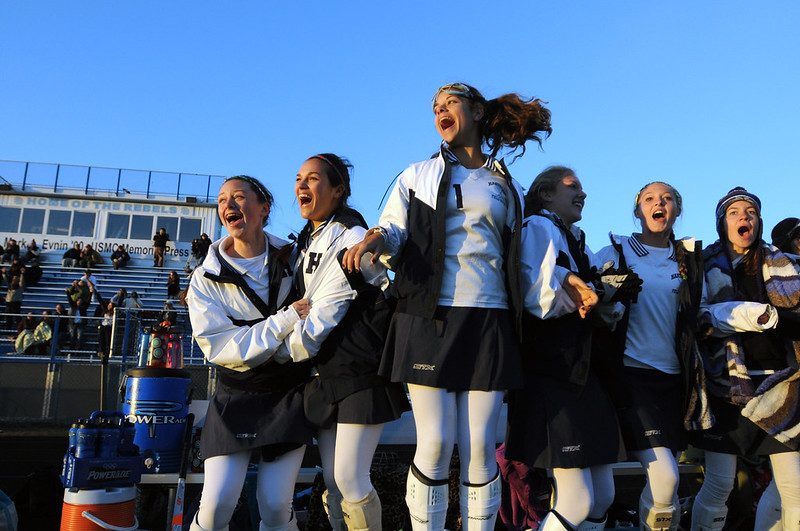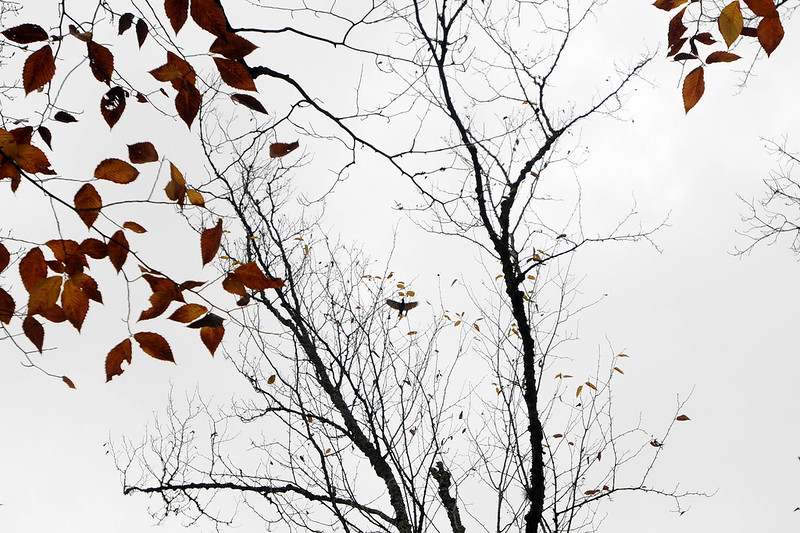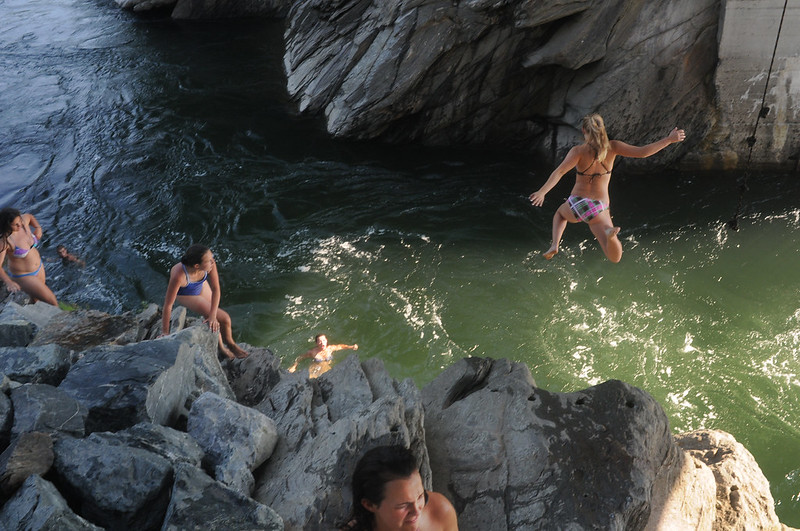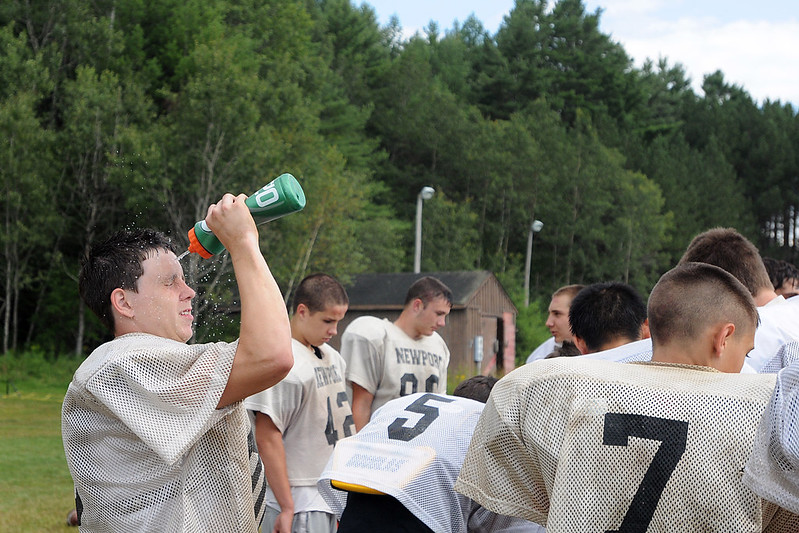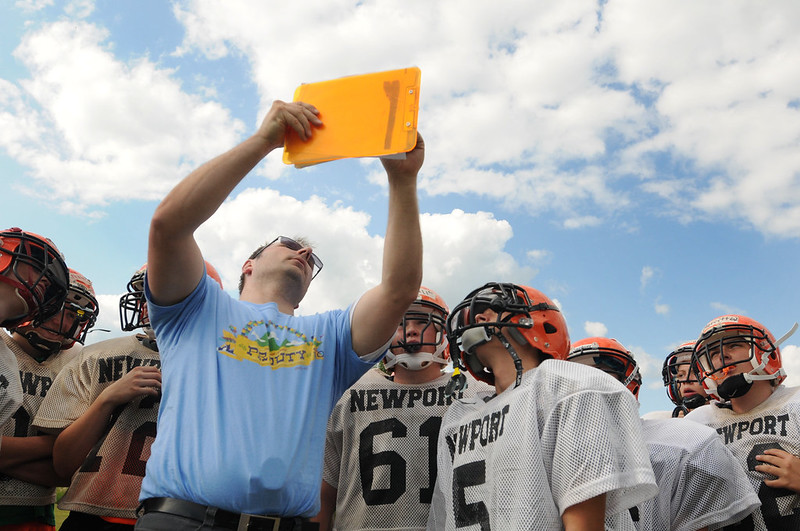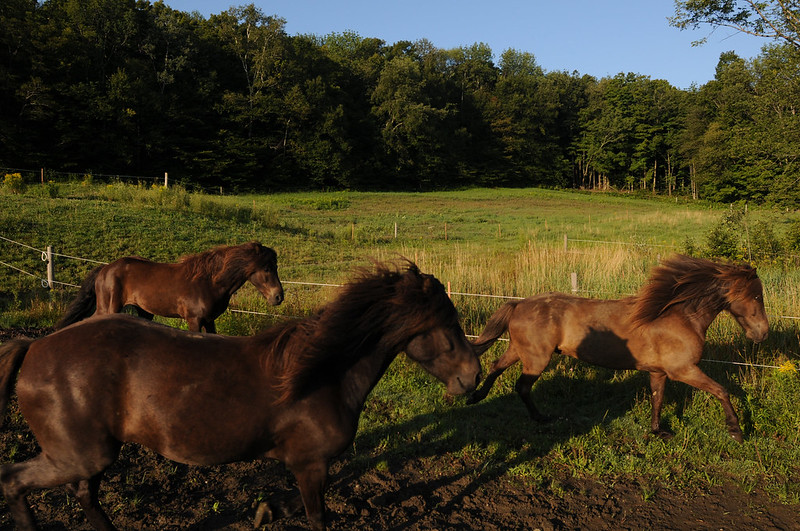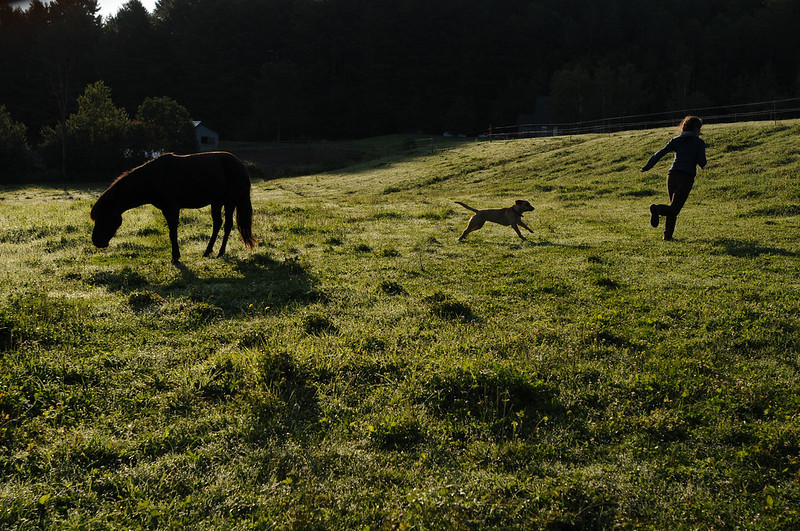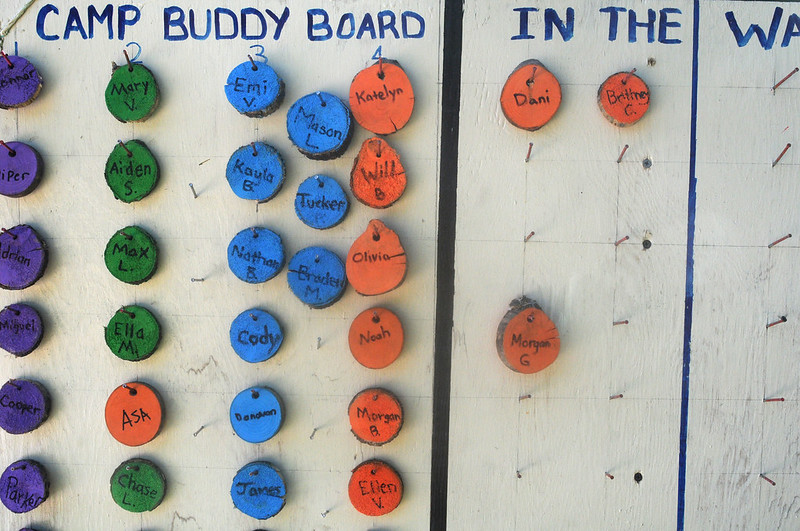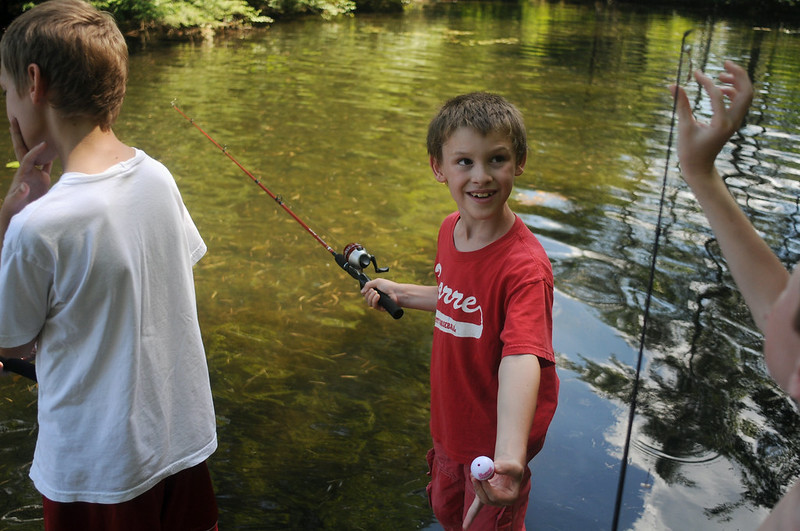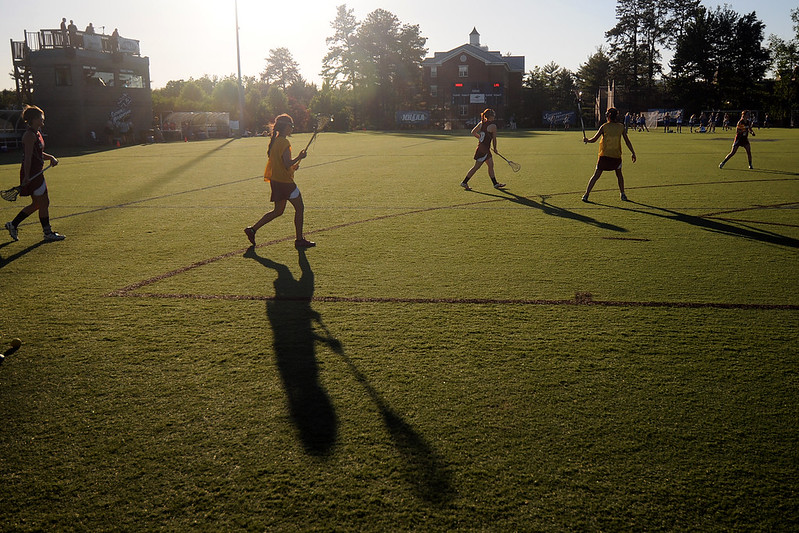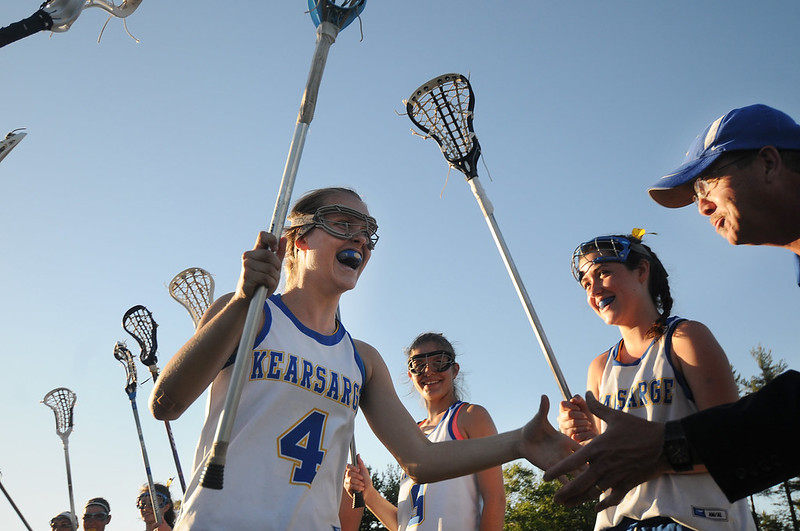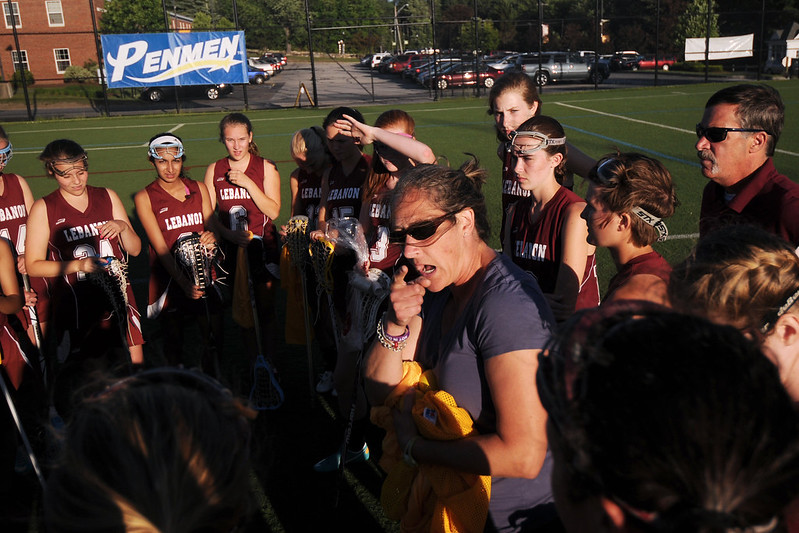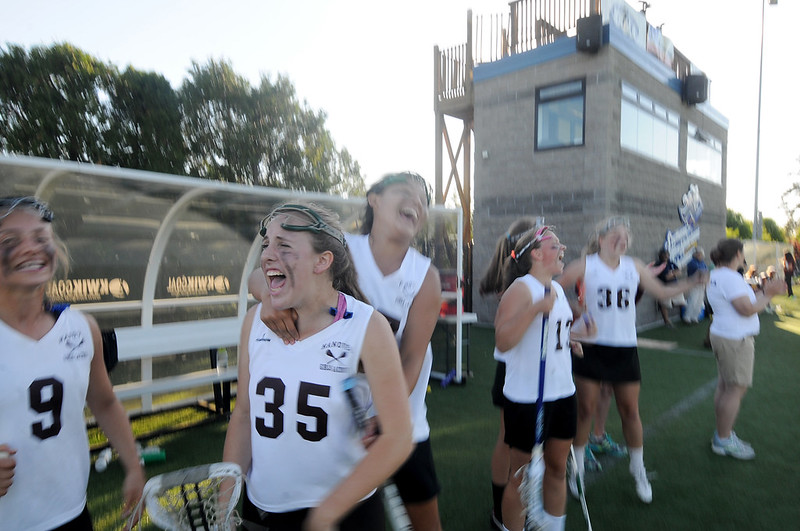The life of a community newspaper photographer is marked by a myriad of big and small seasons. Sports Championships, Graduations, Holidays, planting and harvesting, and that first week of Summer. The last few days of the year, a relatively slow time, are a time of reflection for us, as we gather our favorite photographs to share with the community.
As I've searched through our archives and my blog to find my favorites, I'm reminded of the stories I've been able to tell and the lessons I've learned over 2013.
So what did I learn?
I learned that portraits don't need to be high-tech if you capture the essence of your subject...
... some feature photos you see on the way to another assignment are just gifts from the "photo gods" and to never take them for granted.
... some photos are worth getting soaking wet for.
... beautiful moments can happen after the sun goes down
... to always take the opportunity to photograph the things I love (horses! for example)
... life is fleeting, but how much joy it can bring!
Thank you for your support by looking at my photographs! Whether you are part of the Upper Valley Community, a friend, or you stumbled upon this blog, I am happy you're able to share these moments with me. Happy New Year!
Monday, December 30, 2013
Monday, December 16, 2013
Foxhunting with North Country Hounds
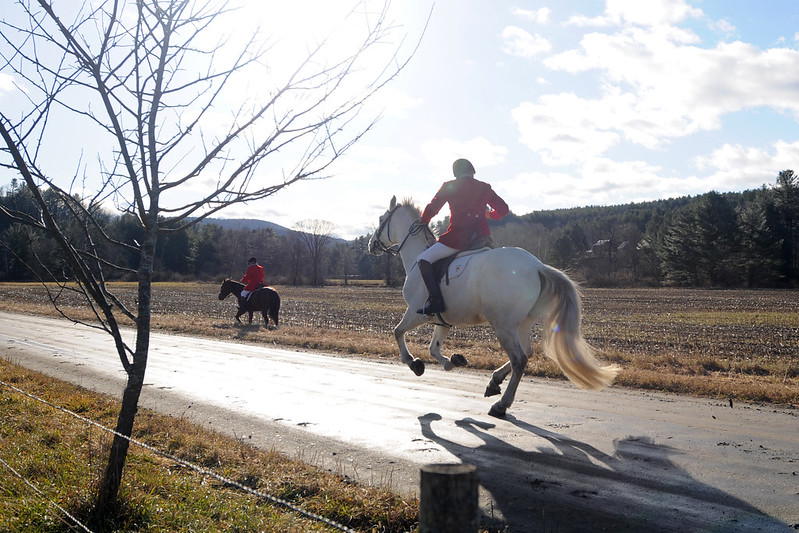

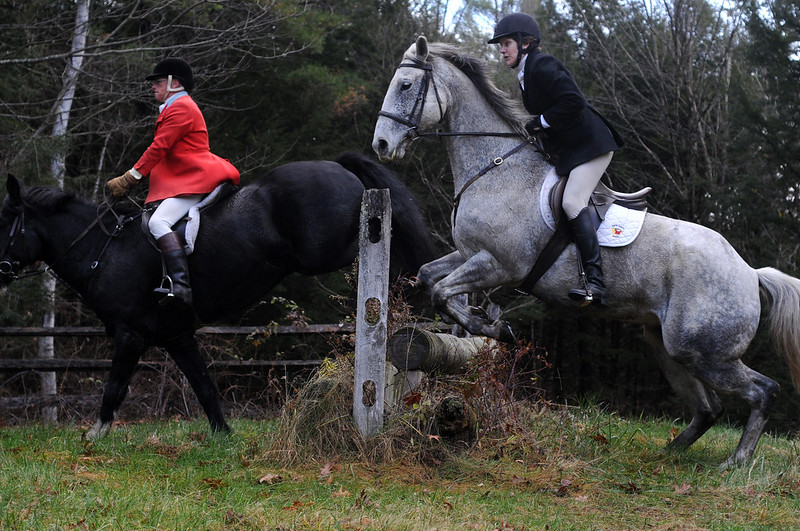

 (Note: I rode along with the North Country Hounds twice, using a borrowed horse to photograph while foxhunting. I also went a third time on foot, so I could spend a little more time crafting photographs rather than controlling a horse. I wrote the article that accompanied the photo page as well, talking about foxhunting in general, and my personal experience.)
-------
This is not a typical workday.
(Note: I rode along with the North Country Hounds twice, using a borrowed horse to photograph while foxhunting. I also went a third time on foot, so I could spend a little more time crafting photographs rather than controlling a horse. I wrote the article that accompanied the photo page as well, talking about foxhunting in general, and my personal experience.)
-------
This is not a typical workday.
It’s 9:30 a.m., and I’d normally just be arriving at the office, ready to check my assignments for the day. Instead, I’m trotting along on a borrowed horse in the countryside of Lyme, fox hunting with the North Country Hounds.
Based out of West Windsor, the group’s 50 or so members travel to properties around the Upper Valley, from August to December, for their twice-a -week hunts.
I’ve wanted to photograph this historic activity for many years, and as an avid horseback rider as well as a newspaper photographer, I jumped at the chance to work from the back of a horse, which would give me a front-row seat to the action without having to chase the group on foot.
Fox hunting hasn’t changed much in hundreds of years. The riders wear traditional velvet helmets, beige breeches, or riding pants, long boots, a white stock tie, and a red or dark-colored jacket. The hounds, usually about two dozen, are guided by a houndsman, who calls them back into a group with voice commands or a hunting horn. The riders follow the hounds and are guided by a field master, who keeps the two groups from colliding. In this way, the pandemonium of horses, riders and hounds — and the potential fox — is kept in check.
“Hunting,” however, isn’t an accurate description of what this group does. The hounds chase a line of scent the fox has left behind during the day, long after the creature has nestled down in its burrow.
Vernon Studer, master of foxhounds for North Country Hounds, said a better term for the sport is fox chasing or scent chasing.
In the rare event that a fox is found, the hounds are called off. The regulations governing the use dogs to hunt foxes vary by state, but since the club was established in 1983, it hasn’t killed a single fox.
Modern technology also has changed parts of the sport. Each hound wears a radio collar so dogs that stray from the group can be tracked. The hunt staff communicates through two-way radios.
I hear the hounds baying from inside the truck used to transport them from Vernon and Sandy Studer’s West Windsor home, where they care for the hounds year round, to where the day’s hunt, or “fixture,” is to be held.
The members of the club also help care for the hounds with membership fees from $300-$600 depending on age, which goes to the cost of food and veterinary care for the hounds.
As the two dozen riders, who range in age from 8 to 80, prepare their horses by brushing and saddling them, I bounce back and forth between photographing and grooming Prithe, a stocky Icelandic horse and a hunt veteran. She stands quietly as I buckle a camera bag to my waist and mount up.
We head over to the center of the horse trailers, where Vernon Studer, the field master, gives the group instructions before exclaiming, “Let’s hunt!”
The horses break into a fast trot toward River Road, and we cross into a field by the Connecticut River where the hounds are released.
Sandy Studer, the huntsman, “casts,” or directs, the hounds to search for a line of scent. It takes only 10 minutes of running back and forth along the river, noses down in the grass, before the hounds catch the scent of a fox and scramble over, under, and through the woods, baying and howling as they go.
“It’s the most beautiful music,” said a rider next to me as we waited for a signal from the field master. Prithe stands alert, almost quivering, as I hold her back, waiting for the go ahead to give chase, allowing the horses to gallop in pursuit.
Moments like this are impossible to photograph. I’m too busy whipping around corners in the woods at a full gallop to be able to reach into the pouch on my hip and grab my camera. But once we slow down to a canter, and I’m spending more time urging my horse forward than holding her back, I’m able to hold the reins in my left hand and my camera in my right, photographing the riders in the woods ahead of me.
After a good chase for an hour, we lose the hounds. While the hunt staff heads off to round them up, a group of riders who’d rather stay on their horses tackle some jumps before dismounting, brushing and guiding their mounts back into their trailers and heading into a member’s house for a potluck lunch.
It’ll be almost an hour before the hunt staff comes back to join in the meal after finally finding the rest of the hounds and herding them into the truck.
As I head back to the office and change into my work clothes, I reflect on my multitasking adventure. The adrenaline from the chase hasn’t worn off quite yet, but my blistered feet from the long boots I wore are beginning to hurt.
I have a few hundred photographs from the day, but what excites me more are the good conversations I had with the riders beside me as we galloped through the woods.
I suppose what keeps members hunting twice a week for several months isn’t just the excitement of the hunt, but rather the community they hunt with.
Wednesday, November 13, 2013
Halloween in Hanover
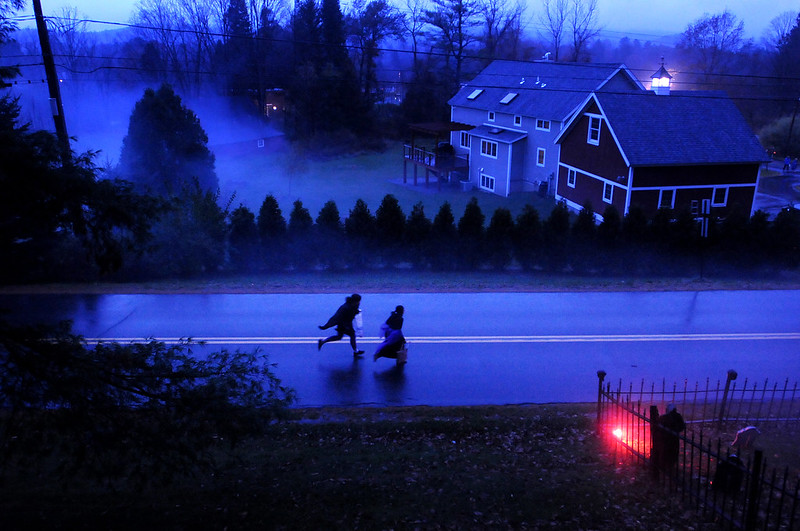
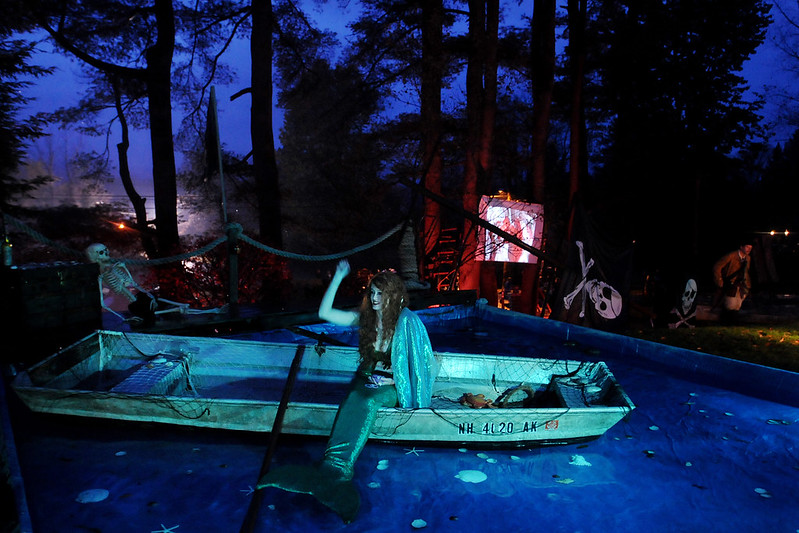
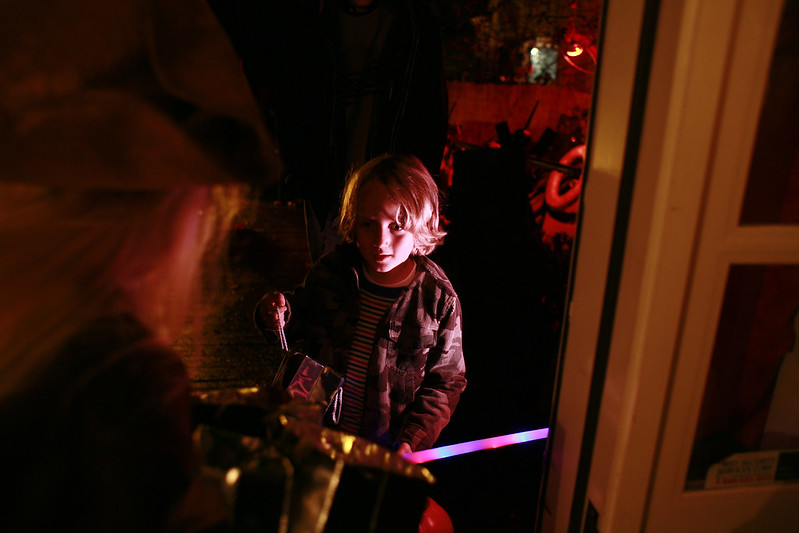
 I photographed the annual Rip Road Halloween, a big-budget event that originally started with a few decorations in the yard and has progressed to a full set, with actors, builders, and hired police. It was a rainy, gloomy night, which was perfect for me to capture the strange light and situations of the night.
I photographed the annual Rip Road Halloween, a big-budget event that originally started with a few decorations in the yard and has progressed to a full set, with actors, builders, and hired police. It was a rainy, gloomy night, which was perfect for me to capture the strange light and situations of the night.
Wednesday, October 9, 2013
A day on the foliage train


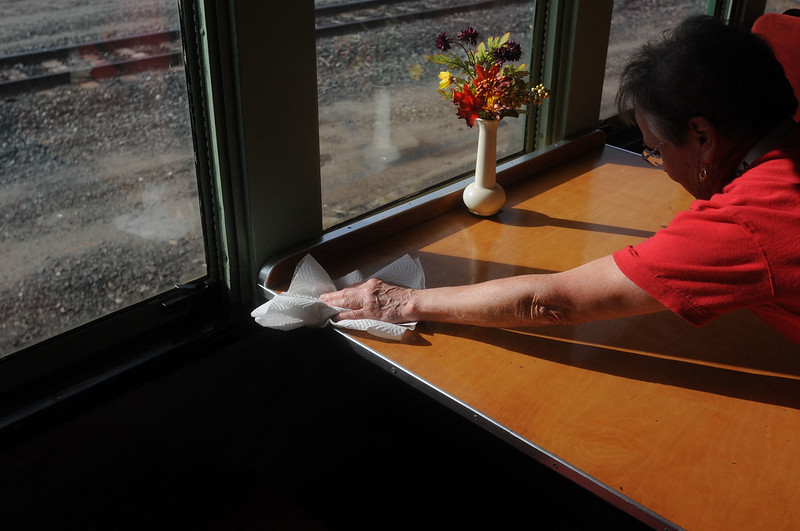
 I followed Green Mountain Railroad staffers Janice, Lucy, and Herb last week aboard the White River Flyer, a circa 1930's train that follows the Connecticut River to Thetford, allowing leaf peepers a unique experience to view the foliage. After spending an intense week at the Missouri Photo Workshops learning how to craft better storytelling images, I felt like photographing this Sunday feature was not only easier, but fun. I knew what I needed to get to craft a solid little story, and was ready for unexpected moments, like when Lucy stopped to tie a passenger's shoe. I'm excited to see how the workshop will help my longer term stories, but for now, I can see the difference in my monthly stories.
I followed Green Mountain Railroad staffers Janice, Lucy, and Herb last week aboard the White River Flyer, a circa 1930's train that follows the Connecticut River to Thetford, allowing leaf peepers a unique experience to view the foliage. After spending an intense week at the Missouri Photo Workshops learning how to craft better storytelling images, I felt like photographing this Sunday feature was not only easier, but fun. I knew what I needed to get to craft a solid little story, and was ready for unexpected moments, like when Lucy stopped to tie a passenger's shoe. I'm excited to see how the workshop will help my longer term stories, but for now, I can see the difference in my monthly stories.
Wednesday, September 18, 2013
Friday, September 13, 2013
The World's Fair
I spent a good part of the day yesterday photographing my favorite thing in Vermont: The Tunbridge World's Fair. The fair isn't huge, but it's famous in New England, for still being an agricultural-centered fair. It's a great place to get inexpensive maple sugar candy, watch horse and oxen pulls, and catch up with all the people I've met and photographed over the past few years.


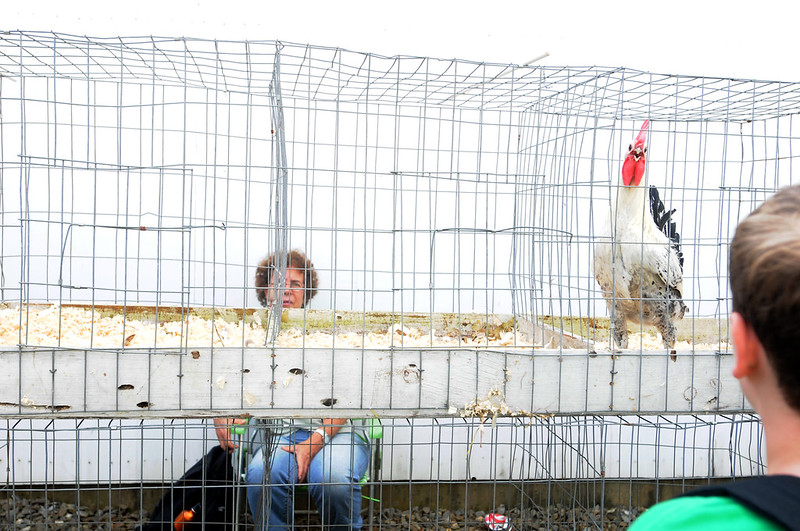
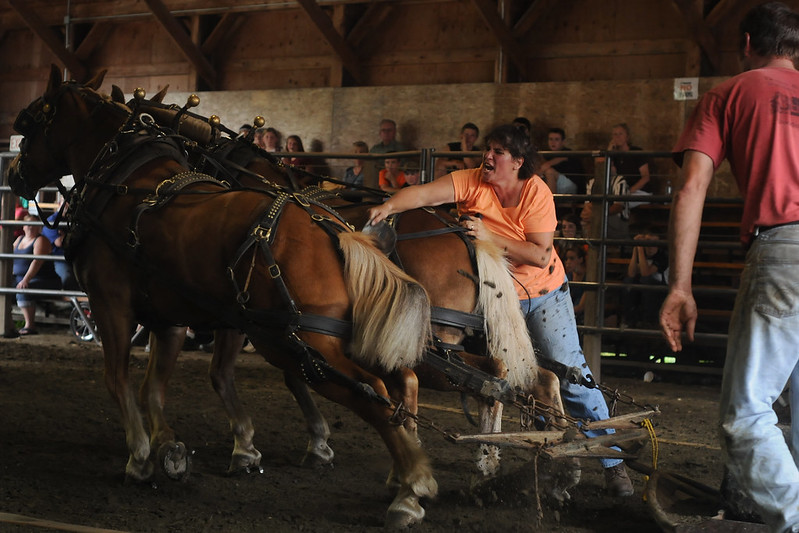
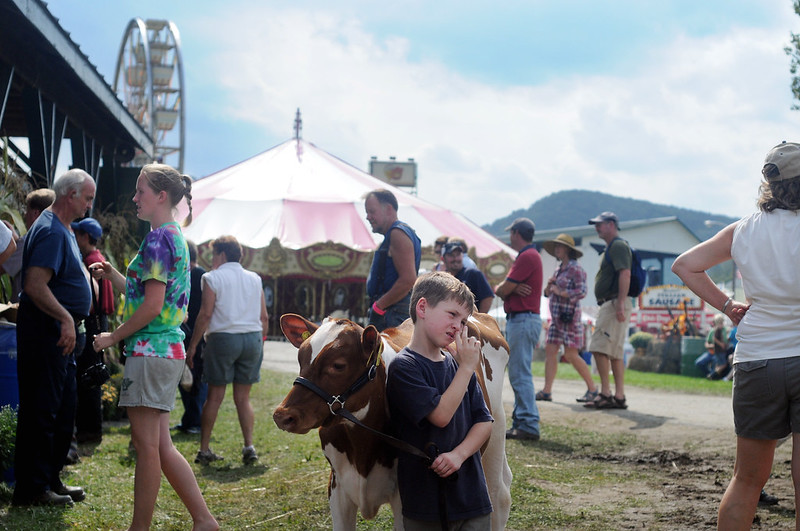

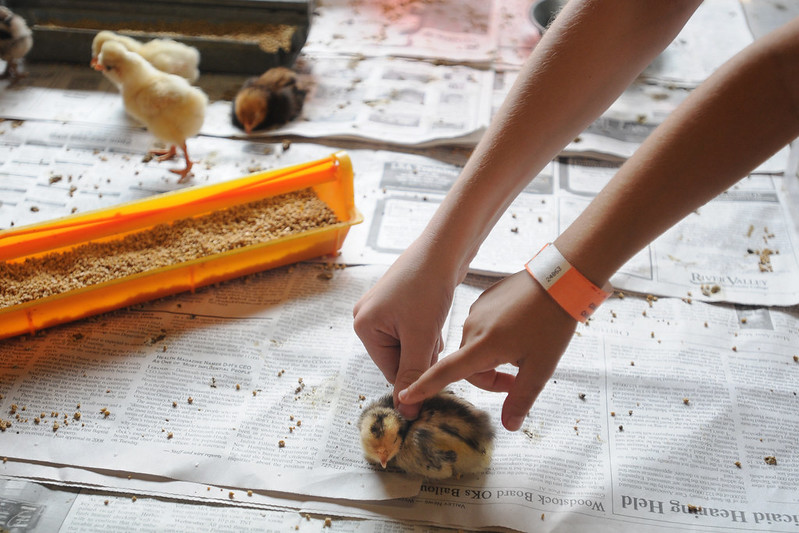







Wednesday, September 11, 2013
Thursday, September 5, 2013
Bingo!
Thursday, August 22, 2013
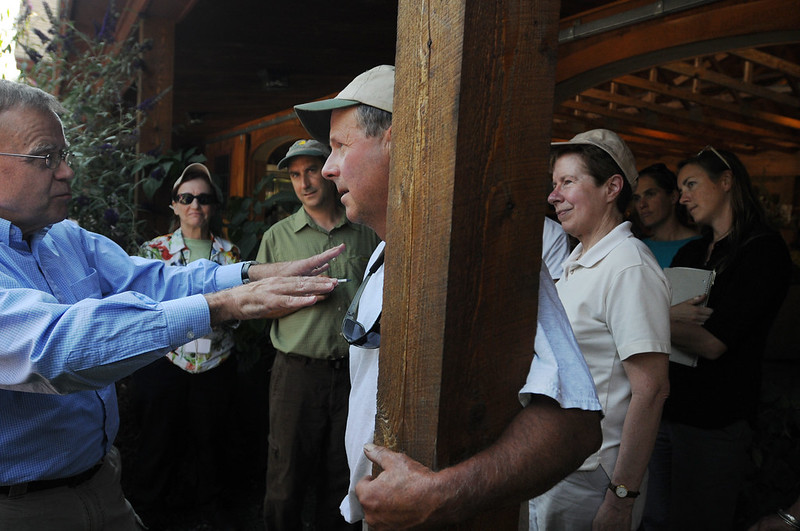 Mike Talor, FDA deputy commissioner for foods and veteranary medicine engages in a lively discussion with Pooh Sprague, owner of Edgewater Farm in Plainfield, N.H., on proposed changes to FDA regulations that could prove expensive to smaller scale farmers such as Sprauge during a tour at Edgewater Farm on August 20, 2013.
Mike Talor, FDA deputy commissioner for foods and veteranary medicine engages in a lively discussion with Pooh Sprague, owner of Edgewater Farm in Plainfield, N.H., on proposed changes to FDA regulations that could prove expensive to smaller scale farmers such as Sprauge during a tour at Edgewater Farm on August 20, 2013.
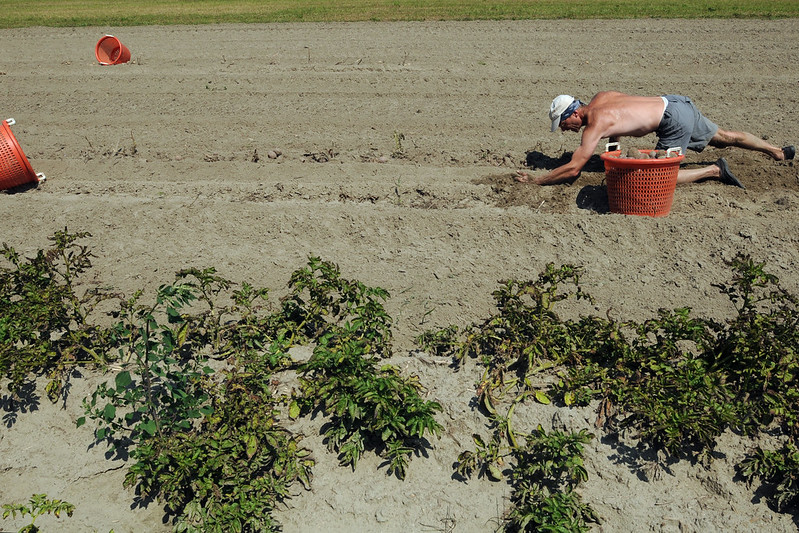 Michael Bald of Royalton harvests Purple Viking Potatoes at Hurricane Flats Farm in South Royalton, Vt., on August 19, 2013. Bald, who works part time at the farm, says harvesting one row of potatoes can take several hours, "I just try to focus on my task and not look up at what I still have to do," said Bald.
Michael Bald of Royalton harvests Purple Viking Potatoes at Hurricane Flats Farm in South Royalton, Vt., on August 19, 2013. Bald, who works part time at the farm, says harvesting one row of potatoes can take several hours, "I just try to focus on my task and not look up at what I still have to do," said Bald.
 Caitlyn Ryan, 9, of Lebanon, hangs a tag over her painting of a leaf to prepare for a gallery show at the end of the two week Micro/ Macro Class at the AVA Gallery in Lebanon, N.H., on August 9, 2013. The class, which was offered for grade-school students as well as teenagers, partnered with Dartmouth to view flora and fauna through microscopes and create art based on what they saw.
Caitlyn Ryan, 9, of Lebanon, hangs a tag over her painting of a leaf to prepare for a gallery show at the end of the two week Micro/ Macro Class at the AVA Gallery in Lebanon, N.H., on August 9, 2013. The class, which was offered for grade-school students as well as teenagers, partnered with Dartmouth to view flora and fauna through microscopes and create art based on what they saw.
Tuesday, August 6, 2013
Big Trees.... And My First Foray Into Feature Writing
I've written a few articles for the Valley News before, mostly small end of year reflections that accompany my favorite photograph from the year, and whatnot. I volunteered to participate in a yearly summer series in the paper, entitled "Summer Journeys," where a writer reflects on an activity or trip they recently participated in. While writing definitely doesn't come as easy as the photography (I did both for this story), I learned a lot, and I think I would do it again.

Every year, I find myself picking up at least a few new habits or hobbies to add variety to predictable seasons. I dabbled in tree skiing (skiing off groomed slopes) last winter, planted a garden this spring, and started listening to baseball games on the radio this summer. Some of these turn into obsessions, such as the quest to find as many swimming holes as possible last summer, which consumed many weekends and after-work hours.
I found my newest obsession a few Sundays ago, when my husband Jeff and I were driving through Hartland, looking for a new swimming hole to try out. Jeff, a timber framer and tree lover, mentioned that he had heard that Vermont’s largest black walnut was somewhere in Hartland. Not considering that Hartland consists of 45 square miles, or the good possibility that this tree would be growing nowhere near roads, we veered onto the nearest dirt road and started rubbernecking. After 15 minutes of not finding a single black walnut, I Googled “largest black walnut in Vermont.” This quickly led me to the Vermont Big Tree List, with current information on the size and location of the largest example of each tree species in Vermont. (Trunk circumference, height and crown spread are all considered in the rankings.) It didn’t give an address, but narrowed down our search to North Hartland.
As we drove on Route 5 North, looking for side roads to head down, we saw it. It was impossible to miss. Standing about 20 feet away from Route 5, the tree dwarfed the house and car dealership it grew between, the branches reaching to enclose the distance between both buildings. Few trees grew near it, allowing it to become a champion. Giddy at so easily completing a search that we thought would be time consuming or downright impossible, we jumped out of the car, gaping at the giant like we were tree tourists, photographing each other next to the massive trunk.
Soon after, we started talking about the next giant tree to find. A quick perusal of the Vermont Big Tree list revealed a treasure trove all in one town — Woodstock.
Knowing we wouldn’t be so lucky as to find the next big tree on the side of a main road, I called the Marsh-Billings-Rockefeller National Historic Park in Woodstock to ask whether any of the champion trees grew in its forest. They transferred me to Kyle Jones, an ecologist at the park, who told me that not just one, but four state champion trees can be seen within the park. When I asked him the exact locations, he chuckled. “One of the trees is easy to find — it grows right in front of our carriage barn visitor center, but the other three … those are my job security trees, since I’m the only one who knows where they are.” We met Jones in front of the visitor center the next day, where not one, but four large Norway spruce trees of almost equal width and height surround the entrance. After making our introductions, he pointed out that the largest of the four, which wasn’t the tallest, but had more of a branch spread and a thicker trunk. “We have the second- and third-largest Norway spruce here, all growing in one spot,” said Jones.
We piled in Jones’ car to drive to the Prosper Road entrance of the park, where we would take a hike to view the three other champions. On the drive, we learned that Jones was the only park employee to know the locations because he was the one who found the trees, measured them and alerted Windsor County Tree Warden Jon Boutin.
Jones and Boutin hike to the tree in question, measure the diameter, length and crown spread (how wide the branches spread). It isn’t always easy, since most trees are perched on hillsides, surrounded by undergrowth.
Every tree that Jones identifies isn’t a winner. “I’ve fooled myself into thinking I’ve had a big tree a number of times,” said Jones, as we begin to hike up the McKenzie Farm Road, a wide, gradually sloping dirt road surrounded by groves of pine and spruce. “I don’t call in the big guns until I get measurements.”
We found our second goliath after only a few minutes of walking, veering off the path to a grove of reddish-brown Scotch Pines. The central tree rose many feet above the rest, like a king surrounded by courtiers. Unlike many big trees, Jones explained as we continued our walk, the ones at Billings are comparatively young, planted in the late 1800s and early 1900s. Thousands of pine, spruce, hemlock and European larch, among others, were planted by the Billings family to reclaim forests that had been stripped by grazing sheep. With no trees to compete against for water and sunlight, the seedlings had everything going for them to grow straight, tall and wide — perfect champion material.
The next tree we found, after 10 more minutes of walking, was considered a misfit: a naturally grown paper birch within a forest of planned coniferous trees. Its wide, lumpy trunk distinguished it from the skinny, straight birches I’ve seen. It was an unusual and big tree for sure, but Jones wasn’t sure if it topped the list anymore. He emailed me later to let me know he’d checked with Boutin, and it had been bumped off the list by a birch in Wyndham County. Too bad!
After we visited our last big tree, a red pine, nestled far off the path in the deep woods, we thought our tree safari was finished, until Jones offhandedly mentioned an American chestnut he had found growing close to a trail this past winter. Chestnuts, Jeff explained to me a few months ago, aren’t just “any other tree.” American chestnuts are a dying species, their near extinction brought on by the chestnut blight, a fungus imported from Japan in the early 1900s. While American chestnuts used to be both massive in size and widespread in number, and used in home building, barns and furniture, these days it’s rare to see one mature from a seedling.
Though we had plans for other places to be soon, we discarded them and excitedly took one last jaunt through the woods with Jones to find the chestnut. Scattered spiky seed shells let us know we were getting close. “I should’ve found this tree a lot sooner,” said Jones, “especially since there are these shells everywhere around the tree.” The chestnut, surrounded by maples, was nowhere near the size of the champion trees we had found that day, but Jeff and I both agreed that it was our favorite that we had found in our journey through the park. While the blight will likely ensure that the tree will never reach the size of its ancestors, it’s a feat in itself that the tree has gotten this large, which makes it a champion anyways.

Every year, I find myself picking up at least a few new habits or hobbies to add variety to predictable seasons. I dabbled in tree skiing (skiing off groomed slopes) last winter, planted a garden this spring, and started listening to baseball games on the radio this summer. Some of these turn into obsessions, such as the quest to find as many swimming holes as possible last summer, which consumed many weekends and after-work hours.
I found my newest obsession a few Sundays ago, when my husband Jeff and I were driving through Hartland, looking for a new swimming hole to try out. Jeff, a timber framer and tree lover, mentioned that he had heard that Vermont’s largest black walnut was somewhere in Hartland. Not considering that Hartland consists of 45 square miles, or the good possibility that this tree would be growing nowhere near roads, we veered onto the nearest dirt road and started rubbernecking. After 15 minutes of not finding a single black walnut, I Googled “largest black walnut in Vermont.” This quickly led me to the Vermont Big Tree List, with current information on the size and location of the largest example of each tree species in Vermont. (Trunk circumference, height and crown spread are all considered in the rankings.) It didn’t give an address, but narrowed down our search to North Hartland.
As we drove on Route 5 North, looking for side roads to head down, we saw it. It was impossible to miss. Standing about 20 feet away from Route 5, the tree dwarfed the house and car dealership it grew between, the branches reaching to enclose the distance between both buildings. Few trees grew near it, allowing it to become a champion. Giddy at so easily completing a search that we thought would be time consuming or downright impossible, we jumped out of the car, gaping at the giant like we were tree tourists, photographing each other next to the massive trunk.
Soon after, we started talking about the next giant tree to find. A quick perusal of the Vermont Big Tree list revealed a treasure trove all in one town — Woodstock.
Knowing we wouldn’t be so lucky as to find the next big tree on the side of a main road, I called the Marsh-Billings-Rockefeller National Historic Park in Woodstock to ask whether any of the champion trees grew in its forest. They transferred me to Kyle Jones, an ecologist at the park, who told me that not just one, but four state champion trees can be seen within the park. When I asked him the exact locations, he chuckled. “One of the trees is easy to find — it grows right in front of our carriage barn visitor center, but the other three … those are my job security trees, since I’m the only one who knows where they are.” We met Jones in front of the visitor center the next day, where not one, but four large Norway spruce trees of almost equal width and height surround the entrance. After making our introductions, he pointed out that the largest of the four, which wasn’t the tallest, but had more of a branch spread and a thicker trunk. “We have the second- and third-largest Norway spruce here, all growing in one spot,” said Jones.
We piled in Jones’ car to drive to the Prosper Road entrance of the park, where we would take a hike to view the three other champions. On the drive, we learned that Jones was the only park employee to know the locations because he was the one who found the trees, measured them and alerted Windsor County Tree Warden Jon Boutin.
Jones and Boutin hike to the tree in question, measure the diameter, length and crown spread (how wide the branches spread). It isn’t always easy, since most trees are perched on hillsides, surrounded by undergrowth.
Every tree that Jones identifies isn’t a winner. “I’ve fooled myself into thinking I’ve had a big tree a number of times,” said Jones, as we begin to hike up the McKenzie Farm Road, a wide, gradually sloping dirt road surrounded by groves of pine and spruce. “I don’t call in the big guns until I get measurements.”
We found our second goliath after only a few minutes of walking, veering off the path to a grove of reddish-brown Scotch Pines. The central tree rose many feet above the rest, like a king surrounded by courtiers. Unlike many big trees, Jones explained as we continued our walk, the ones at Billings are comparatively young, planted in the late 1800s and early 1900s. Thousands of pine, spruce, hemlock and European larch, among others, were planted by the Billings family to reclaim forests that had been stripped by grazing sheep. With no trees to compete against for water and sunlight, the seedlings had everything going for them to grow straight, tall and wide — perfect champion material.
The next tree we found, after 10 more minutes of walking, was considered a misfit: a naturally grown paper birch within a forest of planned coniferous trees. Its wide, lumpy trunk distinguished it from the skinny, straight birches I’ve seen. It was an unusual and big tree for sure, but Jones wasn’t sure if it topped the list anymore. He emailed me later to let me know he’d checked with Boutin, and it had been bumped off the list by a birch in Wyndham County. Too bad!
After we visited our last big tree, a red pine, nestled far off the path in the deep woods, we thought our tree safari was finished, until Jones offhandedly mentioned an American chestnut he had found growing close to a trail this past winter. Chestnuts, Jeff explained to me a few months ago, aren’t just “any other tree.” American chestnuts are a dying species, their near extinction brought on by the chestnut blight, a fungus imported from Japan in the early 1900s. While American chestnuts used to be both massive in size and widespread in number, and used in home building, barns and furniture, these days it’s rare to see one mature from a seedling.
Though we had plans for other places to be soon, we discarded them and excitedly took one last jaunt through the woods with Jones to find the chestnut. Scattered spiky seed shells let us know we were getting close. “I should’ve found this tree a lot sooner,” said Jones, “especially since there are these shells everywhere around the tree.” The chestnut, surrounded by maples, was nowhere near the size of the champion trees we had found that day, but Jeff and I both agreed that it was our favorite that we had found in our journey through the park. While the blight will likely ensure that the tree will never reach the size of its ancestors, it’s a feat in itself that the tree has gotten this large, which makes it a champion anyways.
Monday, July 29, 2013
Treasure Island
July.
Summer is always my favorite time to photograph. Even when it's 90 degrees and humid out, I'm happy to be outside without layers upon layers of wool and still freezing.
This July has been a strange one, though, with three straight weeks of rain, which led to major flooding in many areas of the Upper Valley. I spent a few nights in the newsroom wondering which town would be heard first on the scanner as the rained poured down outside.
Now, at the end of the month, we're seeing pleasant weather, and the return of photographing traditions, some small news stories, and people enjoying summer. All and all, it's been a varied and interesting July.








Tuesday, June 18, 2013
Spring Lacrosse Championships- Cheers and Tears (and good light!)
Subscribe to:
Posts (Atom)
